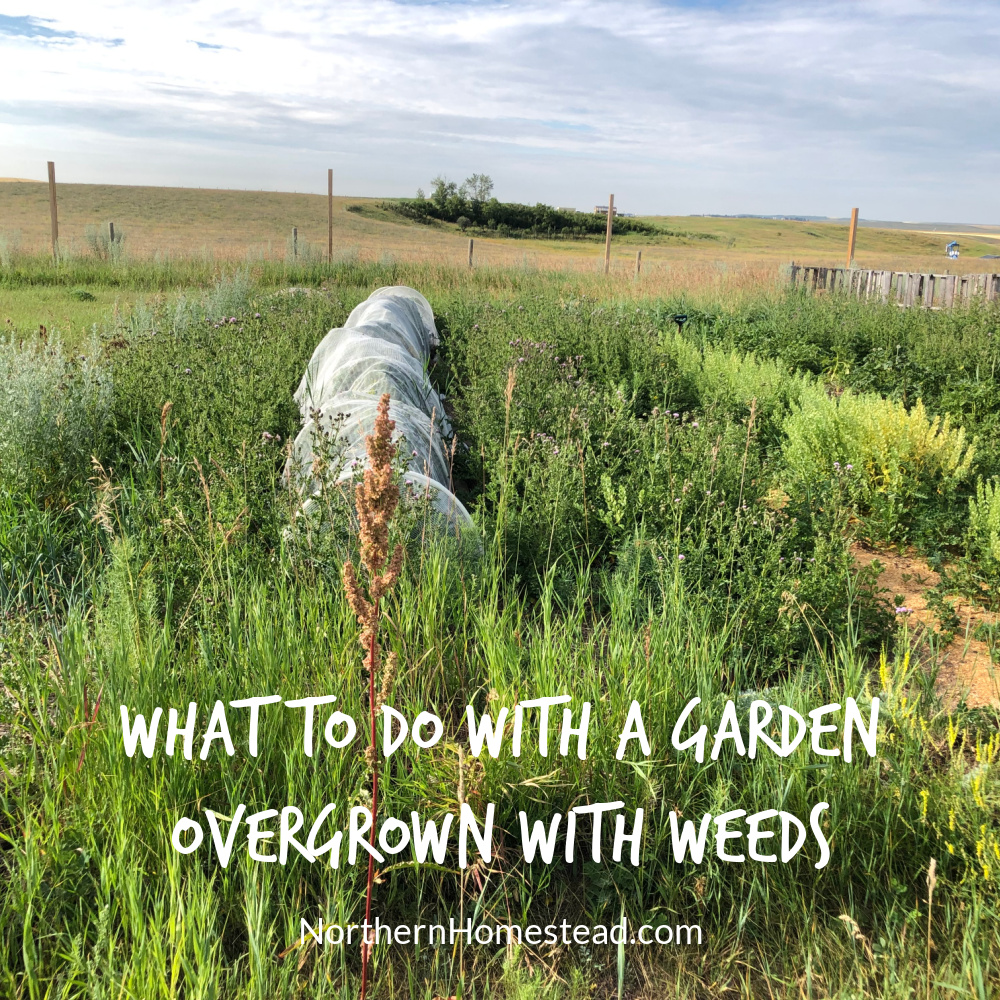
There are great intentions to grow a large vegetable garden in early spring. However, life can get in the way, and before you know it, seeds and weeds are happily growing together. This can happen to the best of us for various reasons. The pictures in this blog post are real and feature our country garden. We are sharing this to encourage you if you are in a similar situation. So, let’s dive in on what to do with a garden overgrown with weeds.
Examine the weed-overgrown garden
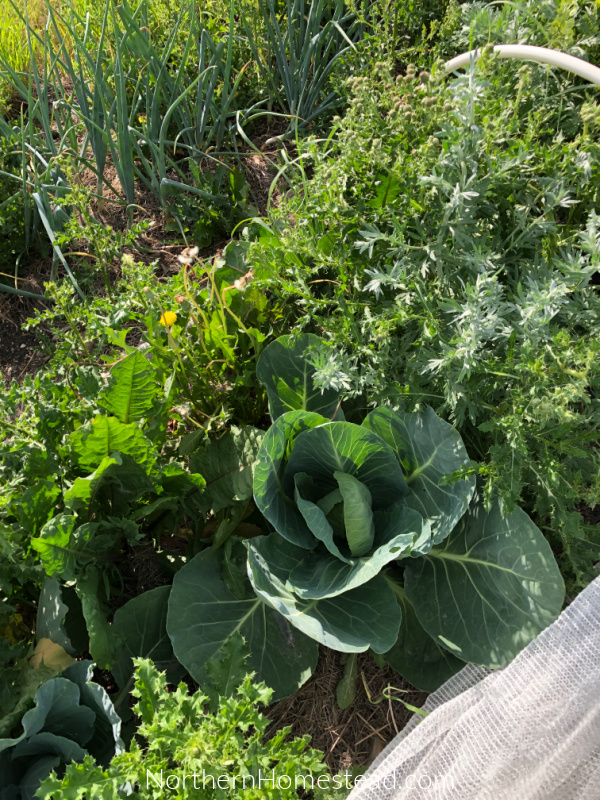
A garden overgrown with weeds might look like a lost cause, but don’t give up on it yet. Beneath the weeds, there could be vegetables growing nicely. It’s always surprising to see how tough and resilient plants can be. While we may take pride in a garden free of weeds, it’s not as crucial for the plants. However, by regularly weeding, it becomes easier to maintain the garden. Ideally, we should prevent the vegetable garden from becoming overgrown with weeds.
But since it happened, look closely to see if vegetables are growing alongside weeds. We see healthy onions, potatoes, and cabbage growing alongside weeds two months into the growing season. In this case, rescuing the vegetables in the weed-overgrown garden is worth it.
If you find hardly anything growing, just weeds everywhere, you would only want to rescue the garden, not the produce. We will give suggestions for both situations.
Consider the timing of a weed-overgrown garden
The timing is crucial. If weeds overgrow at the start of the growing season, it might be easier to cover the garden with a tarp and start new seedlings. In a few weeks, the garden weeds will be killed under the tarp, and the seedlings will be ready for planting in a weed-free garden.
If weeds overgrow in the middle or end of the season, we want to prevent them from going to seed and rescue whatever produce we can.
Examine the weeds growing in the weed-overgrown garden
Weeds can provide insight into soil issues besides indicating neglect of the garden. Maybe the garden soil is too compact so that deep-rooted weeds will arise. You might also have a quackgrass (devil’s grass) problem. In this case, addressing the problem is the way to go. Read also no dig or double dig a garden.
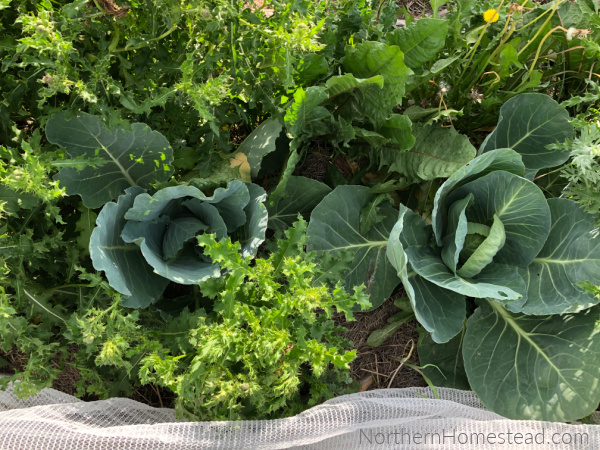
In our case, we have lots of thistles, which grow in dry sandy soil. The garden was not weeded and received hardly any water. The thistles help the plants survive, even though we do not want an overgrown thistle garden. However, pulling the deep-rooted weeds would also ruin the vegetable’s roots at this point.
Only shallow-rooted weeds can be pulled in an overgrown vegetable garden. As for deep-rooted weeds, we will leave the roots in the soil.
Edible weeds can, of course, be used for food or dehydrated for teas.
Poisoned weeds should be handled with care. Remove them carefully with gloves before proceeding with other tools. Be especially careful not to touch Giant Hogweed and Wild Parsnip.
Start with clearing the edge of the garden

Step one is easy: start by clearing the edge of the garden. A grass trimmer is an excellent tool for that. The goal is to eliminate weed seeds blowing into the garden and give the garden plants some air and light. It is also very satisfying to at least see where the garden starts and where it ends.
Clear the garden paths
The garden design matters a lot when it comes to weeding. If everything is just one densely planted garden patch, rescuing an overgrown garden becomes almost impossible. Clearing the paths can make a huge difference if you have garden beds.
If the pathways are wide enough and your garden is tilled, take the tiller and till the overgrown pathways. Otherwise, a grass trimmer is, again, a great tool.
You can also cover the weeds with more mulch if the garden is mulched. Once the paths are cleared, the plants will have much more light and room to grow.
Weed the garden beds
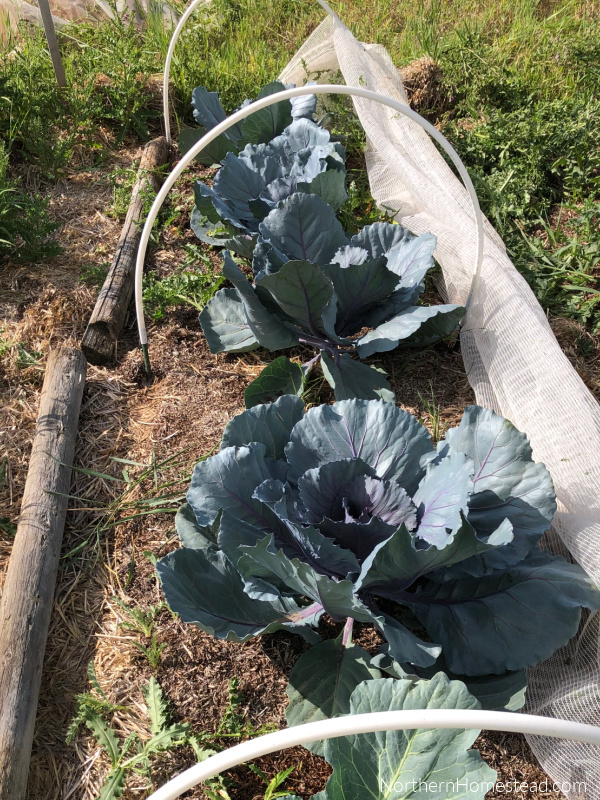
After clearing the edges and pathways, it becomes easier to distinguish between the plants and weeds. Hand weeding and removing all the roots, as we usually recommend, may not be the best option for an overgrown garden as it could disturb the roots of the plants too much to clear the area thoroughly. Using the chop-and-drop method is a great alternative for tall and deep-rooted weeds. Removing weeds already flowering is essential, as their flowers often go to seed even if they are not fully mature. If nothing else, cutting the weeds back to the height of the vegetable plants can give the plants a head start in competing with the weeds.
How to reclaim the garden at the end of the season
After a bad year, a good one should follow. To make that happen, you must eliminate this season’s weeds. If they are perennials, they will stay in the soil. If they go to seeds, they will germinate again. Covering the soil to suppress those weeds is needed.
If there are no vegetables worth saving, you can start covering the soil as soon as you get to it. The sooner, the better, as there is more time for the weeds to die back, giving you a fresh start next year.
Cover the soil with a tarp so the weeds die back. Some perennial weeds might be hard to kill so that they might need removal. Most of our country garden beds were mulched; mulch alone is insufficient for aggressive weed growth. Maybe we also did not have enough mulch.
Using mulch to prevent weeds from growing
Compost of any kind 4-6 inches
Hay or grass 6 inches
Straw 8 inches
Wood chips, shavings, and sawdust 6-8 inches
Source: No-dig Organic Home & Garden.
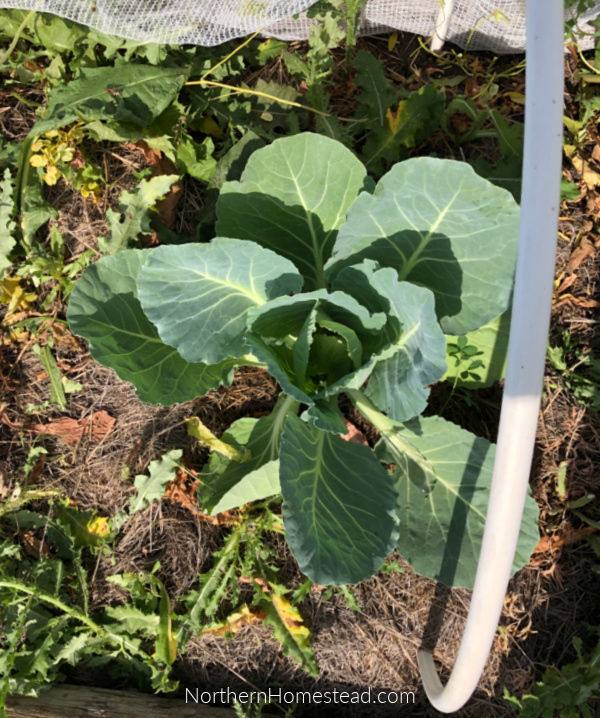
We hope this encourages you to keep gardening, even if it fails for various reasons. If this happens to you regularly, maybe there are problems with your soil or design. Creating distinct garden beds with pathways and improving the soil in those beds does help to get ahead of weed growth.
Keep on growing. Happy gardening!
We invite you to subscribe to Northern Homestead and follow us on Instagram, Facebook, or Pinterest for the latest updates.
More Gardening Posts You Might Enjoy:

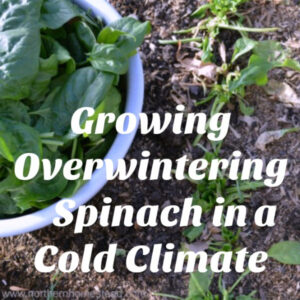
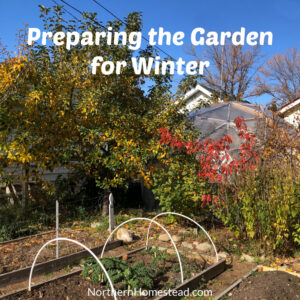
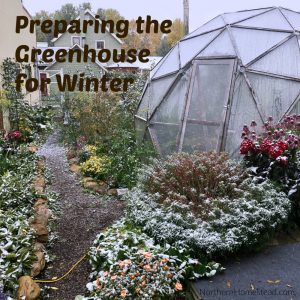
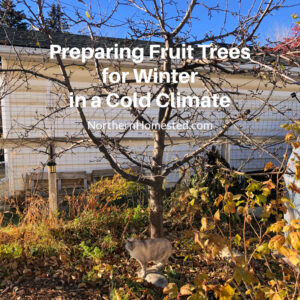
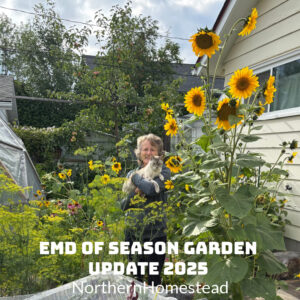
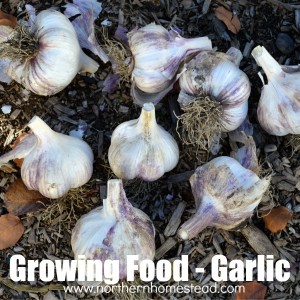
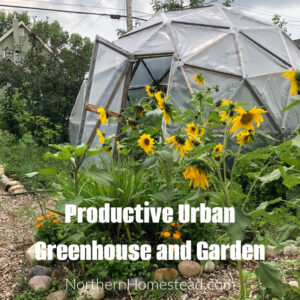
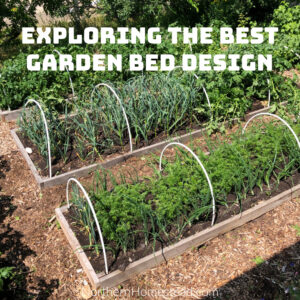
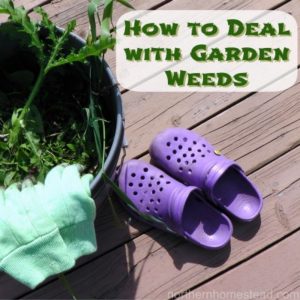
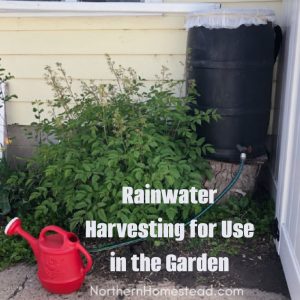

I just spent three long days weeding a similar looking garden. I was surprised to find tomatoes, potatoes, onions, carrots, and cucumbers thriving underneath it all (corn not so much). Once the weeds were gone the crops really took off and within a week were producing. We’re probably going to have to cover the garden for a year or two to kill off the weed seeds, however. But that will give us time to reconstruct the garden so this doesn’t happen again. It wasn’t the lost cause I was afraid it was!
Thank you for sharing your experience. I am not sure if you can kill weed seeds by covering, otherwise all seeds should die when being stored in dark space. But you can kill annuals and perennial roots. Depending on what weeds you are dealing with, that should not take two years.
Thank you for that insight. I’d be happy to only lose one year to rebuilding.
Hello Jakob & Anna, I loved reading your post. You two are so connected to the “Spirit of life” growing around you. This soil is very “Biodynamic”! Unless it’s toxic then it’s all good. Those “weeds” become the most vital food & medicine for the soil and plants. The real tough one’s, to be safe, might be better off being made into liquid fertilizer, diluted, then sprayed on your crops. Good stuff! Keep up the wonderful work! Happy August to you! Cheers!